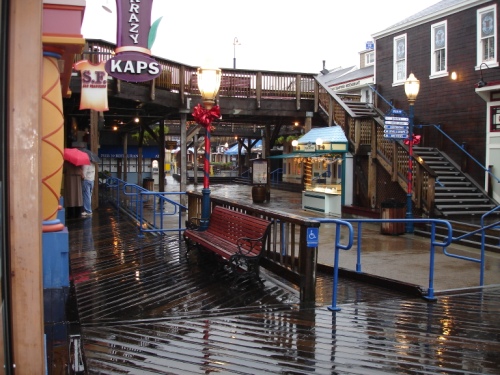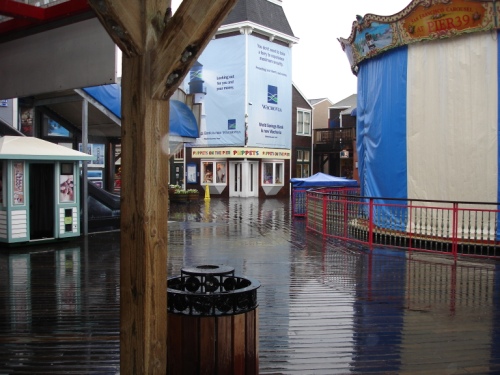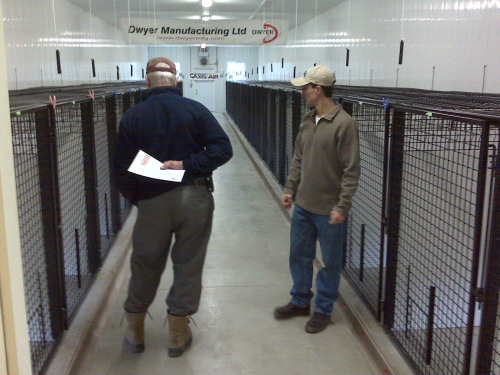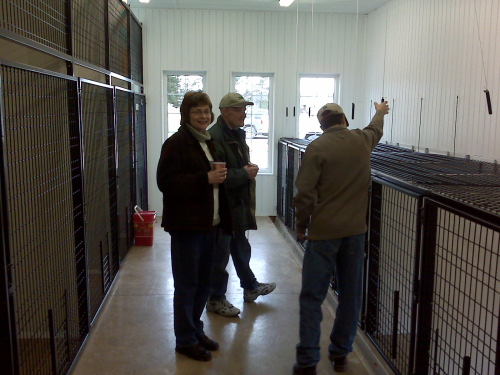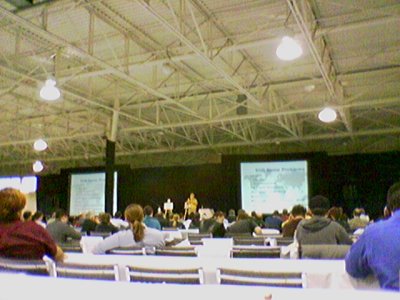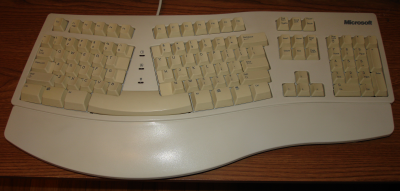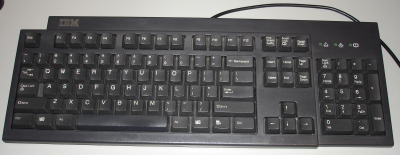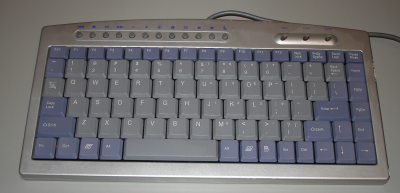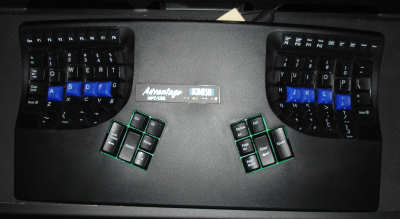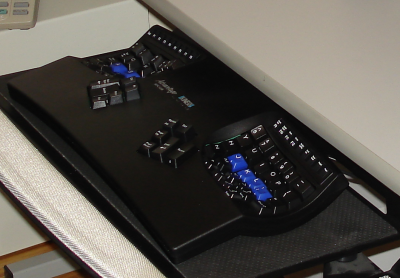A few years ago I wrote about the backup script that I use to do daily and weekly backups of my computers. Since this script must run unattended it makes use of a passphrase-less SSH key. The SSH key in question only exists on my main workstation and is used to login as a user which does not own any other files. While this isn’t a big security problem it would be nice to limit the privileges of this user. To this end I started using scponly some time ago. Scponly is a restricted shell which limits a logged in user to only executing a few commands such as scp, sftp and rsync. This small set of available programs greatly reduces the chances that the user will be able to find a local exploit. Scponly is already packaged for Fedora so installing it is simple.
yum install scponly
Setting an user’s shell to scponly is accomplished with the usermod command.
usermod -s /usr/bin/scponly backup
Like any shell, scponly must also be added to /etc/shells. Just add “/usr/bin/scponly” (without the quotes) to the end of this file.
As I mentioned when describing the backup script, the script works great except for large amounts of data such as media collections. Over time my photo collection has grown to over nine thousand images and now consumes more than eighteen gigabytes of disk space. So today I decided to cron up rsync to synchronize my photos to the same location where my backups are sent every night. Unlike my backup script, rsync will only send the changes to the remote server not the entire archive.
After much debugging I discovered that the most recently released version of scponly does not work with rsync. The thread where this problem was first discussed started in March 2006. More related posts can be found in subsequent months. Fortunately the scponly authors have fixed this bug in their CVS repository so I built a RPM for the CVS version.
scponly-4.7CVS20071229-1.fc8.x86_64.rpm
scponly-debuginfo-4.7CVS20071229-1.fc8.x86_64.rpm
scponly-4.7CVS20071229-1.fc8.src.rpm
This package successfully upgrades the scponly package provided by Fedora. Hopefully these RPMs are useful to someone.



